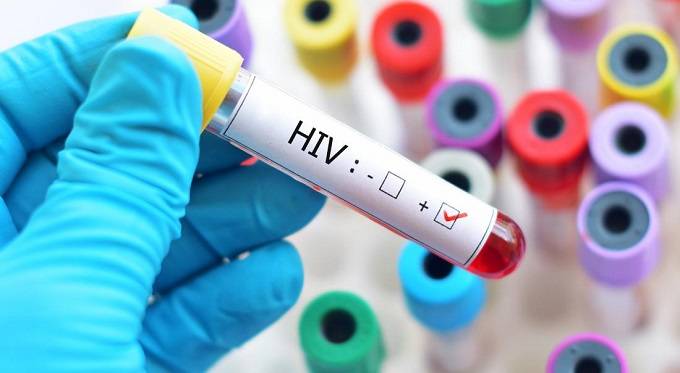New HIV prevention method for women to be availed

Thandeka Moyo recently in BARCELONA, Spain
WOMEN now have one more HIV prevention method, a dapirivine vaginal ring which has been scientifically proven to reduce the risk of HIV.
One of the clinical trials which led to that conclusion was carried out in Zimbabwe where it was proven that the ring is more than 60 percent effective in preventing HIV.
Dubbed the ASPIRE, the clinical study conducted in three other countries enrolled more than 4 500 women aged between 18-45.
In an interview, one of the International HIV Research for Prevention Conference chairpersons, Dr Nyaradzo Mmgodi, said the vaginal ring is the answer to women who struggle with adhering to oral pre-exposure prophylaxis (PrEP). “We have only recorded 3 500 women who have accessed the oral PrEP which can be addressed by making it more accessible. However, we are now working on availing the long term methods like the ring which has been proved to be 60 percent effective in one of the studies in Zimbabwe,” said Dr Mmgodi.
She said the global networks are working on various prevention methods so that women have a choice from a wide selection of tools.
“We have just finished the HOPE study which looked at the vaginal ring and ended on October 10. We are hoping results will be out in March next year.
We already have interim results that show the vaginal ring when worn for a month can reduce the risk by at least 60 percent and we know it can go even higher when women use it,” Dr Mmgodi said.
She said given the UN General Assembly global target of less than 500 000 new HIV infections annually, highly burdened countries like Zimbabwe still had a long way to go. “So the application by the International Partnerships for Microbicides is still under review by the European Medicines Authority to see if we can roll out the vaginal ring. If they give a positive opinion then an application will be sent to the World Health Organisation for the pre-qualification process,” said Dr Mmgodi.
The dapirivine ring is similar to vaginal rings commonly used for contraception except that it contains an ARV drug – dapirivine instead.
Dapirivine belongs to a class of ARVs that prevent HIV from making copies of itself and the ring is made of flexible material which sits high inside the vagina where it slowly releases the drug over a course of the month the ring is worn. “No one HIV prevention method will suit everyone and at all times and as with contraception, the more HIV prevention options available for women, the more likely one will be used,” said the Microbicide Trials Network (MTN).
The ring was found to be well tolerated and to reduce the risk.
According to the MTN, data analysis of the HOPE study also known as the ASPIRE found no link between the dapirivine ring and cervical cancer as feared by most women. Researchers said the information should help address any concerns about the ring and help communities understand that it is an important HIV prevention method.
“Our findings suggest that use of the dapirivine vaginal ring over a two-year period is not associated with the development of abnormalities in cervical cells that could lead to cancer,” said Mr Krishnaveni Reddy from MTN.
So far, members of the public can choose from eight HIV prevention methods which have been scientifically proven to reduce risk.
These include treatment as prevention, a process where HIV positive people are treated with anti retroviral medication which upon suppressing the viral load makes it difficult for one to transmit HIV.
Other options include condoms, ART, oral PrEP, abstinence, voluntary medical male circumcision, HIV testing and counselling. — @thamamoe











Comments